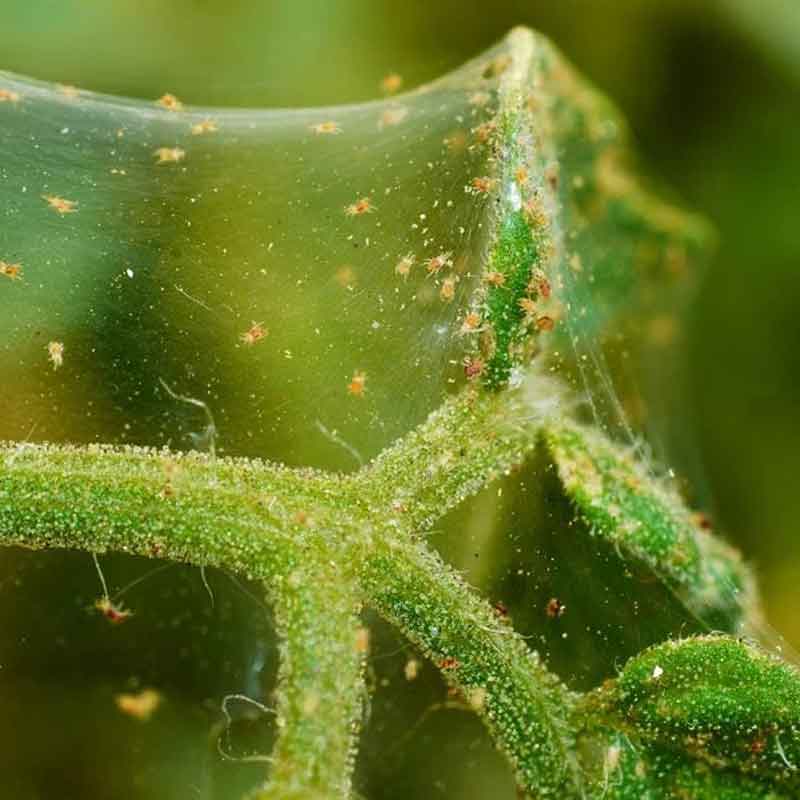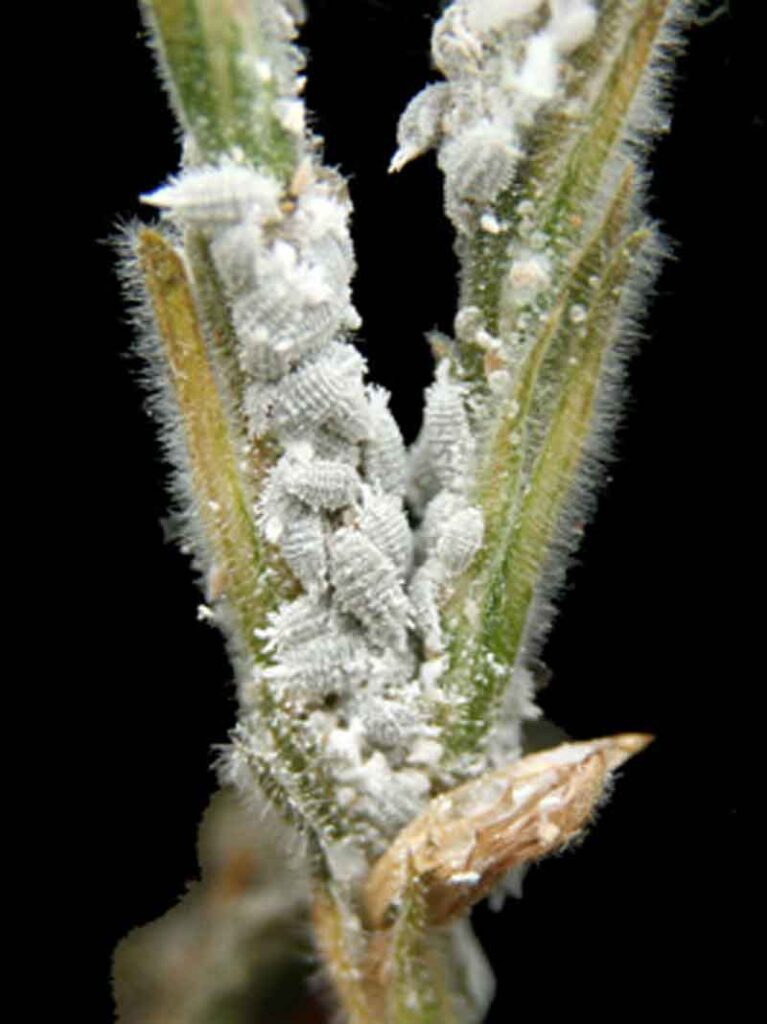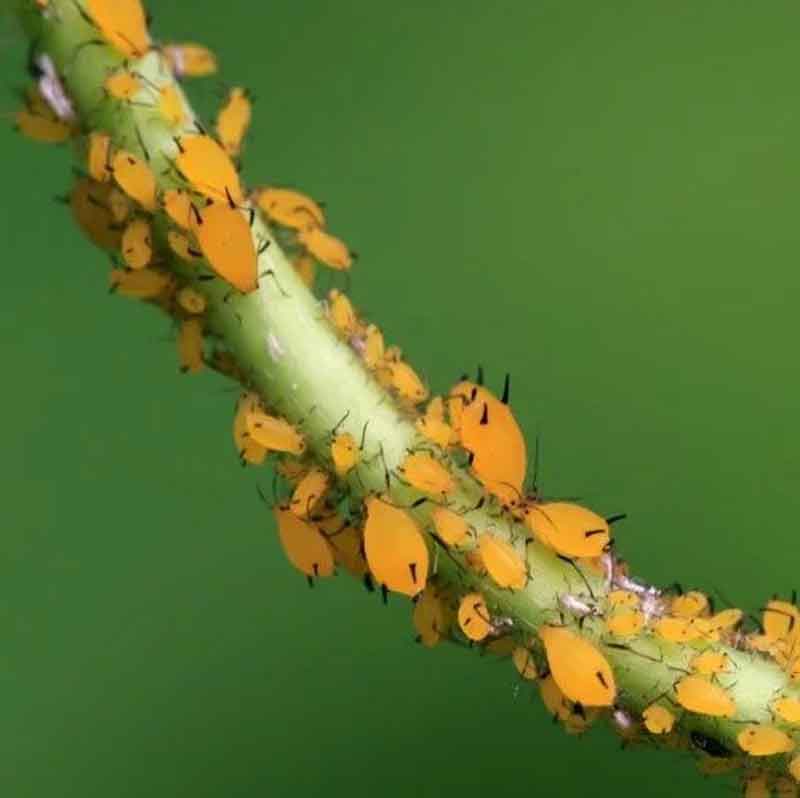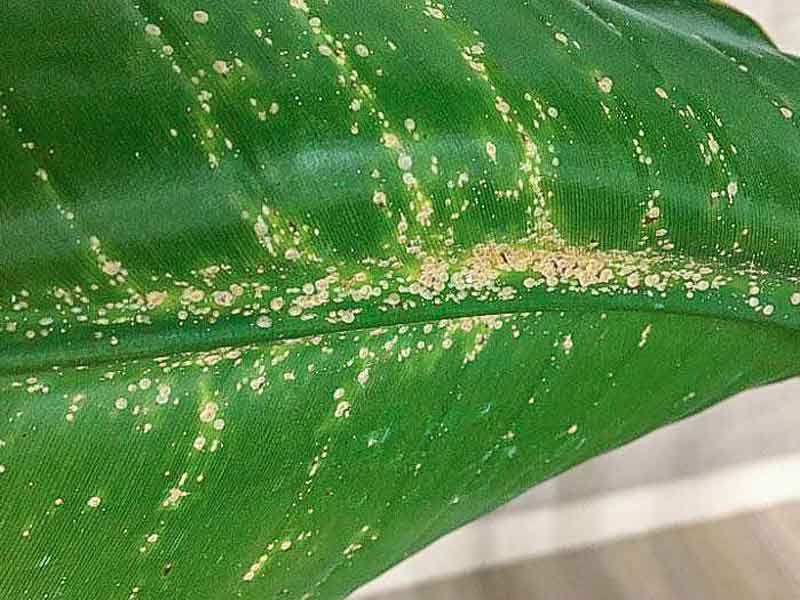In the first Plants for Your Pad blog post, we highlighted how you can make sure your houseplants have the best growing environment (light, heat, water, etc.) in your living space. Now, with all of that said and done, you can spend hours doting on your houseplants only to find that there is one more crucial care tip to consider: bug control. Some critters just have it out for your houseplants, but there are ways to control these pests.
Some of the pests include the following:
Spider Mites


These guys can manifest during dry, hot conditions in a home. While the spider mites are difficult to see, their webs are not. Look for discolored leaves, as these critters suck the vascular juices out of plants.
Mealy Bugs


While they might look like fluffy marshmallows, they are not quite that delightful. Like spider mites, they suck the vascular juices out of the plant and leave behind discolored foliage. To add insult to injury, they leave behind a funky residue called honeydew. The substance is clear and sticky and could be on any surface of the plant.
Aphids


These critters can be difficult to find, but their adverse effects are not. Aphids leave behind discolored and crimped foliage on houseplants. Aphids can also come in many different colors, so be on the lookout for these insects.
Scale


These nasty bugs literally look like scabs on the plant. There can be soft or hard-bodied scales nestling in on plants. They cause similar damage to plants as the above listed pests: discoloring foliage and leaving an unappealing plant.
There are many more critters that can be detrimental to your plants — these are just a few to be aware of. As for getting rid of these critters, a few steps can help prevent them from appearing in the first place:
- Maintain the best horticultural practices. These include cleaning up dead leaves and branches, keeping plants far enough away from other plants, providing appropriate light and watering as needed.
- If this fails and the bugs still appear, then it’s time to release other reinforcements, such as…
- Pruning out heavily infected tissues.
- Using a steady stream of warm soapy water, as this will knock the critters off the leaves and drown them too.
- Using isopropyl rubbing alcohol and a cotton swab to dislodge the critters.
- Using biological controls, such as parasitic wasps, to plague the insects and eradicate them.
These are some of the more natural means of getting rid of indoor plant pests. There are a variety of insecticides to use, but always read the labels and be aware of any hazardous side effects.
Check out our Gardening Tips web page to learn more gardening tips and tricks, including plants that are the most beneficial to pollinators.







